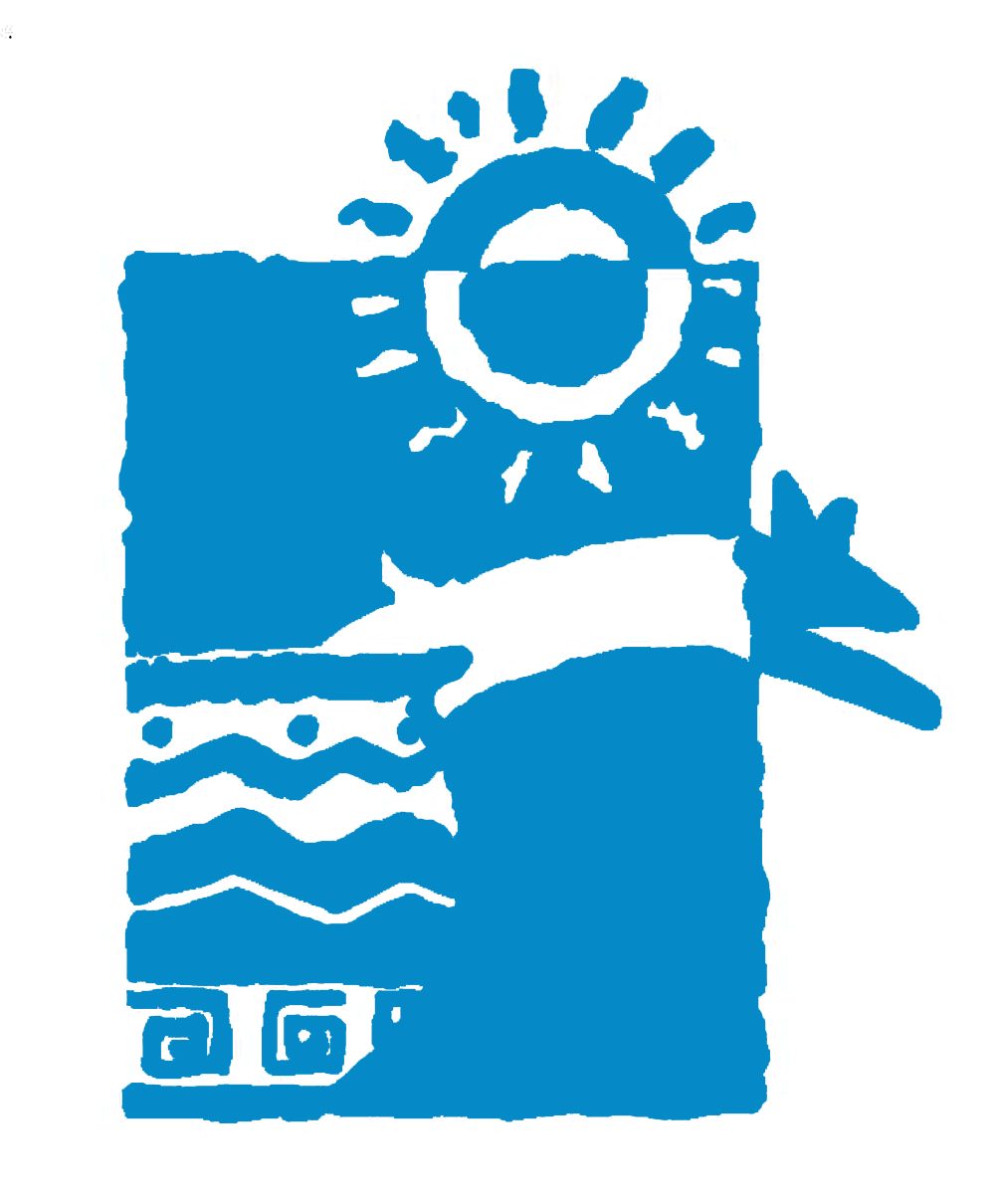[Source: Coty Dolores Miranda, the Arizona Republic] – An unused patch of ground on the Desert Vista High School campus is being planted with native plants and trees that organizers hope will not only be eye-pleasing but assist biotechnology and honors biology students with plants, bird and insect research. Students, staff and parents recently began planting Blue Palo Verde, Foothills Palo Verde, desert lavender, desert bluebells, wolfberry and jojoba, and other species they obtained through an Arizona Game and Fish Heritage Fund grant and monies from campus student groups and staff. The $9,555 grant resulted from the proposal written last year by guidance counselor Josephine Levy and parent Susan Norton, who have been working on the garden concept since 2010. This is Norton’s fourth school-garden proposal, all of which earned grants.
With a horticulture degree from Texas A&M, Norton has worked as a teen volunteer coordinator at Desert Botanical Garden, and is working with the Arizona State University engineering school as a K-12 outreach coordinator. The mother of three — 2012 Desert Vista grad Christopher Norton, Desert Vista junior Regan Norton and Kyrene Altadeña seventh-grader Leah — said she has always enjoyed community gardens. “I like to see any garden that brings people together to nourish the earth,” she said. Her Ahwatukee garden endeavors started with the concept, design and grant proposal for Monte Vista Elementary School six years ago when her children were students there. The school received $10,000 from the Arizona Game and Fish Heritage Fund.
“In that first grant proposal, I said I hoped to promote habitat gardens at other schools, and shortly after, Esperanza started one.” she said. “I moved out of state for a while, and when I returned, I worked in project management for Colina Elementary’s garden. It’s nice to see the first garden inspired other people.” The Desert Vista garden idea started serendipitously when Norris noticed a desert-landscaper certification from the Desert Botanical Garden posted on Levy’s guidance-counselor office wall. “Susan is really the driving force behind this project and it wouldn’t have happened without her,” Levy said, noting how notification of the grant propelled others on campus to become involved. “This is a remarkable demonstration of student, staff and community efforts to build something that benefits everyone,” she said. “Our hope is to show how a native desert landscape can be both educational and beautiful.”
The 76- by 67- by 44-foot Desert Vista Heritage Garden and green space makes use of an existing walkway between the gymnasium and cafeteria, and will offer space for outdoor classroom instruction and “personal solitude,” she said. “It is an awkward space, but what we like is it’s a highly-visible spot in the school so students can’t help but walk by it,” Norton said. “We’re putting in 11 benches to encourage students and staff to come use the space.” Student groups have sponsored the benches, with ceramic-tile artwork by Desert Vista alum Colleen Conlin and Ahwatukee mosaic artist Jeanne Rademacher. Solar lighting for the area, an idea of teacher Dan Zavaleta, will be installed by his technology students.

 The next meeting of the Arizona Game & Fish Commission is Friday, March 6 and Saturday, March 7, at the Arizona Game and Fish Department headquarters facility at 5000 W. Carefree Highway in Phoenix. The Friday portion of the meeting begins with an executive session at 8 a.m., followed by the public session. The Saturday portion of the meeting begins at 8 a.m.
The next meeting of the Arizona Game & Fish Commission is Friday, March 6 and Saturday, March 7, at the Arizona Game and Fish Department headquarters facility at 5000 W. Carefree Highway in Phoenix. The Friday portion of the meeting begins with an executive session at 8 a.m., followed by the public session. The Saturday portion of the meeting begins at 8 a.m.